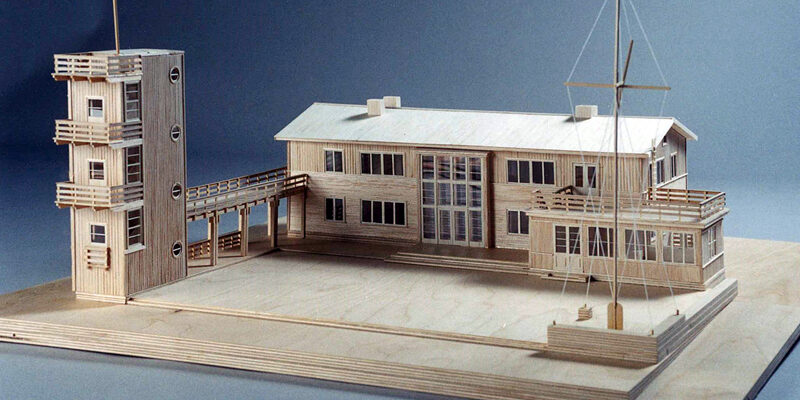
Collections
The Estonian Museum of Architecture was founded for the purpose of collecting, preserving; studying and exhibiting materials on the formation and development of professional architecture in Estonia from the early 20th century to the present. The main part of the museum’s collections consists of architectural drawings, city plans, blueprints of buildings, photographs, models and other manuscript materials.
The Estonian Museum of Architecture’s collections are: the archive, the photography collection, model collection, art collection and digital collection. The archive collection includes graphic and text documents. A noteworthy part of the collection is made up of architects’ personal collections. The collection is systematised along the principles of an archive and is linked to a web-based information system, AIS, to make searching easier. The collection of projects and drawings is supplemented by the model collection, partof which is on display in the permanent collection on the ground floor of the Salt Storage. The newest addition to the collections is the digital collection, consisting of prize-winning entries from public architecture competitions organized by the Estonian Association of Architects since 1996.
With more than 30,000 photographs and negatives, the photography collection is one of the largest collections of architectural photos in Estonia. The furniture and art collection is also related to architects – it contains items of furniture designed by architects, as well as drawings, paintings and prints.
The collections of the Estonian Museum of Architecture can also be browsed via the Estonian museum gateway MuIS.
For in-person visitors, the archive and photography collection are open from Wednesday to Friday between 11:00 to 17:00. For the most efficient and convenient service, please arrange a visit ahead of time by email or telephone.
Photo, digital or paper copies of drawings, photographs and manuscripts can be ordered, depending on the specific nature and condition of the requested document. Copies can be paid for in cash or bank transfer (see price list). Documents may also be photographed with one’s own camera for personal use.
Museum items are loaned only to legal persons on the basis of an application or letter of guarantee.









